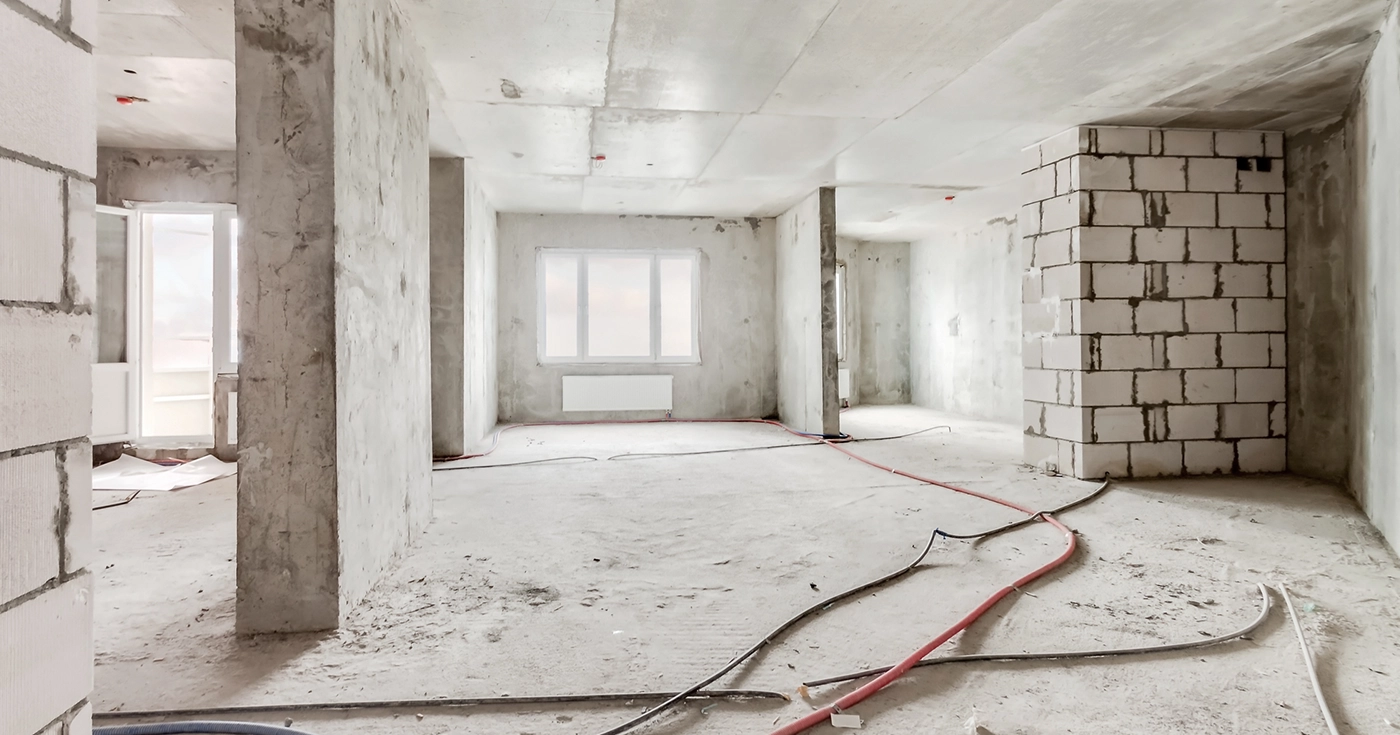
Building Conversions: A Driving Force in the Real Estate Sector
In recent years, building conversion has become a key solution in the real estate sector in Spain. This strategy involves transforming a property to give it a new use, in response to the demand for tourism and, especially, residential purposes.
According to a recent CBRE report, conversions saw a significant increase in the first half of 2024, with over 30 use changes identified nationwide, surpassing figures from the same period in 2023. This trend reflects the market’s ability to adapt to the issue of land scarcity and the changing needs of the sector.
Madrid, the Epicenter of Conversions
Madrid continues to lead this trend, accounting for 57% of the conversions nationwide. However, there is a gradual decentralization, with cities like Málaga and Barcelona gaining prominence, each representing 7% of the total operations.
In Madrid, most transformations take place within the M-30, especially in the Centro district, where greater regulatory flexibility facilitates these changes. However, the outskirts also present interesting opportunities, breathing new life into areas that have lost dynamism.
New Uses: Hotels and Living on Top
According to CBRE, almost 90% of investments are directed toward the hotel (53%) and living (33%) sectors due to strong tourism and residential demand. Within the Living segment, transformations toward models like build-to-rent (BTR), flex living, and student residences have consolidated as attractive options for investors.
As for the origin of these buildings, it is noteworthy that half of the conversions come from the office sector, repurposing outdated properties to give them a more profitable use in line with current demand.
Transactions and Investment Opportunities
During the first quarter of 2024, 17 real estate transactions related to conversions took place, totaling around 170 million euros in investment. Madrid leads these operations, accounting for more than half of the transactions, with 47% involving office buildings undergoing transformation. These figures highlight that use changes are a key opportunity for both investors and owners looking to optimize their assets and adapt them to new market demands such as tourism and housing.
Focus on Sustainability and Energy Efficiency
A key aspect of building conversions is their alignment with sustainability and energy efficiency. Transforming old properties allows adapting buildings to new energy regulations and improving efficiency, resulting in a significant increase in asset value. The growing demand for more sustainable and efficient buildings, from both tenants and buyers, drives owners and investors to opt for these conversions, not only increasing the property’s value but also reducing operational costs and environmental impact.
This sustainability focus not only meets market demand but also opens doors to incentives and more accessible financing, improving the long-term profitability of projects.
Outlook and Challenges for the Future
The trend of conversions has grown significantly since 2019, partly due to the boost from tourism and residential demand in major urban centers and tourist areas. However, to consolidate this strategy as a cornerstone of the market, it will be essential to gain support from public administrations, which must continue working on regulatory flexibility and usage.
Ultimately, building conversions have proven to be an effective strategy for revitalizing urban areas, generating investment opportunities, and addressing the changing needs of the market. With significant growth in recent years, conversions are expected to continue gaining prominence, particularly in dynamic markets such as Madrid and Barcelona.

